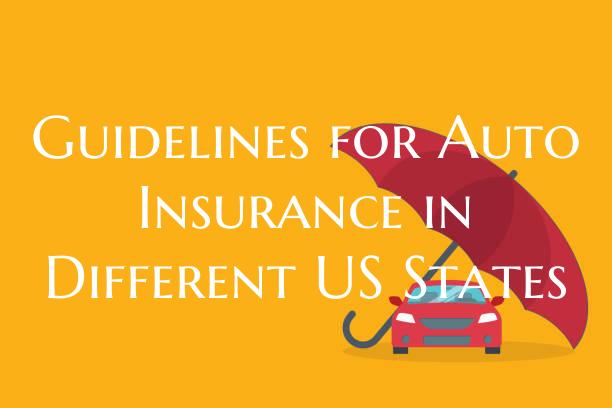Introduction: Auto insurance is a vital aspect of owning and operating a vehicle in the United States. Each state has its own set of regulations and requirements when it comes to auto insurance. Understanding the guidelines for auto insurance in different US states is crucial for drivers to ensure they are properly covered and compliant with the law. In this guide, we will explore the key points to consider when it comes to auto insurance in various states across the country.
1. Minimum Auto Insurance Requirements: Each state sets its own minimum requirements for auto insurance coverage. These requirements typically include liability coverage, which helps pay for damages and injuries you cause to others in an accident. It is important to know the minimum coverage limits mandated in your state to avoid penalties and ensure you have adequate protection.
2. Additional Coverage Options: While meeting the minimum requirements is necessary, drivers may also consider additional coverage options to enhance their protection. These may include collision coverage, comprehensive coverage, uninsured/underinsured motorist coverage, and personal injury protection (PIP). Understanding the benefits of these additional coverage options can help drivers make informed decisions about their insurance policies.
3. Factors Affecting Auto Insurance Rates: Several factors can impact auto insurance rates, including a driver's age, driving record, location, type of vehicle, and coverage limits. Each state may weigh these factors differently, leading to variations in insurance premiums across the country. Being aware of these factors and how they influence insurance rates can help drivers find cost-effective coverage options.
4. State-Specific Regulations: In addition to minimum coverage requirements, each state may have specific regulations that drivers need to follow regarding auto insurance. For example, some states have "no-fault" insurance laws, while others operate under a "tort" system. Understanding these state-specific regulations can help drivers navigate the insurance landscape efficiently.
5. Importance of Comparing Quotes: Due to the variations in auto insurance requirements and rates across different states, it is advisable for drivers to compare quotes from multiple insurance providers. Shopping around for the best rates and coverage options can help drivers save money while ensuring they have adequate protection on the road.
Conclusion: Navigating the guidelines for auto insurance in different US states can be a complex process, but it is essential for drivers to protect themselves and comply with state regulations. By understanding the minimum requirements, additional coverage options, factors affecting insurance rates, state-specific regulations, and the importance of comparing quotes, drivers can make informed decisions when it comes to their auto insurance policies. Stay informed, stay protected, and drive with confidence knowing you have the right coverage in place.

